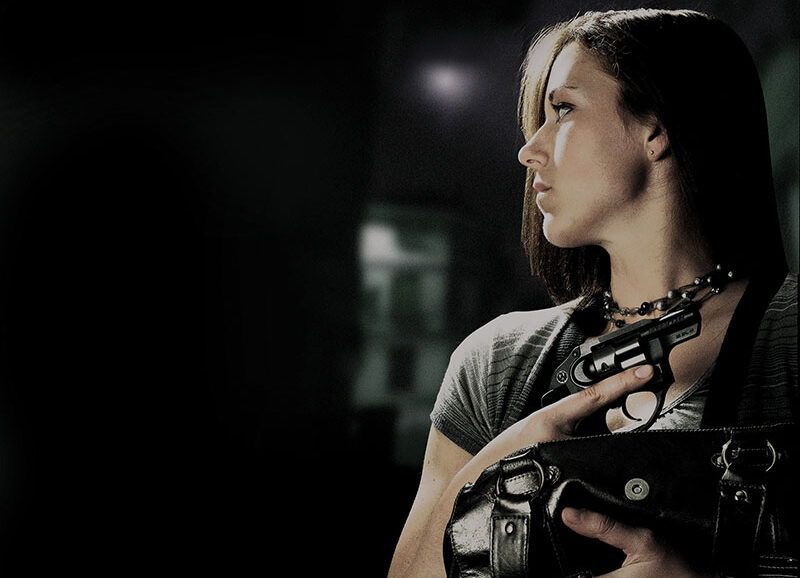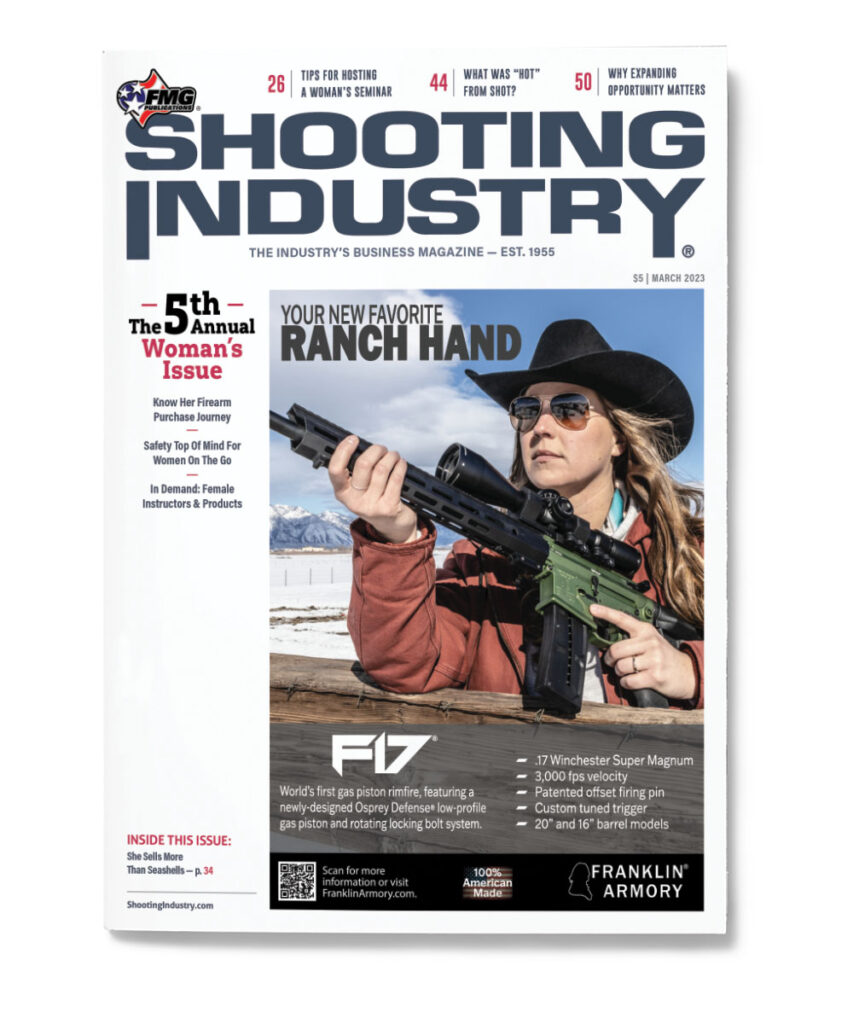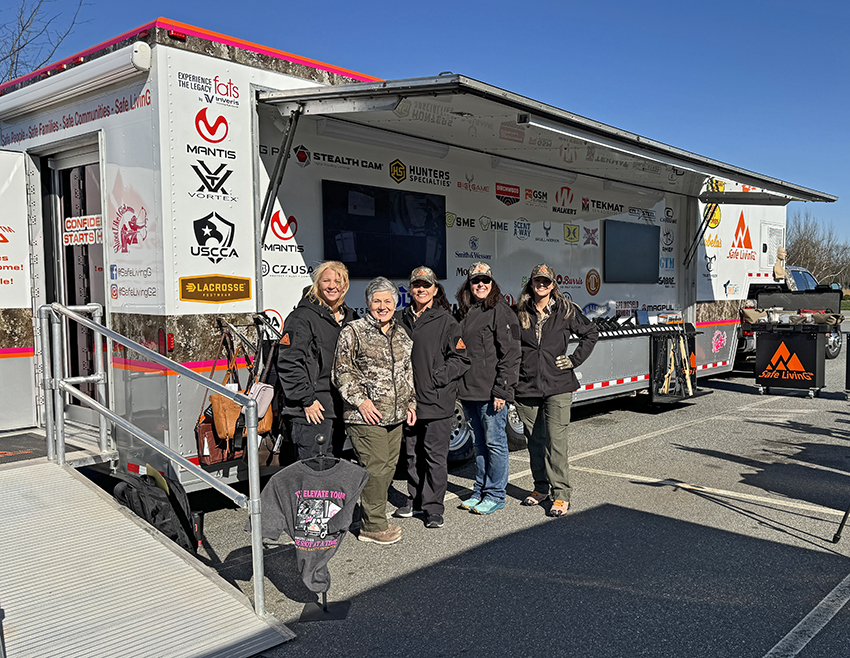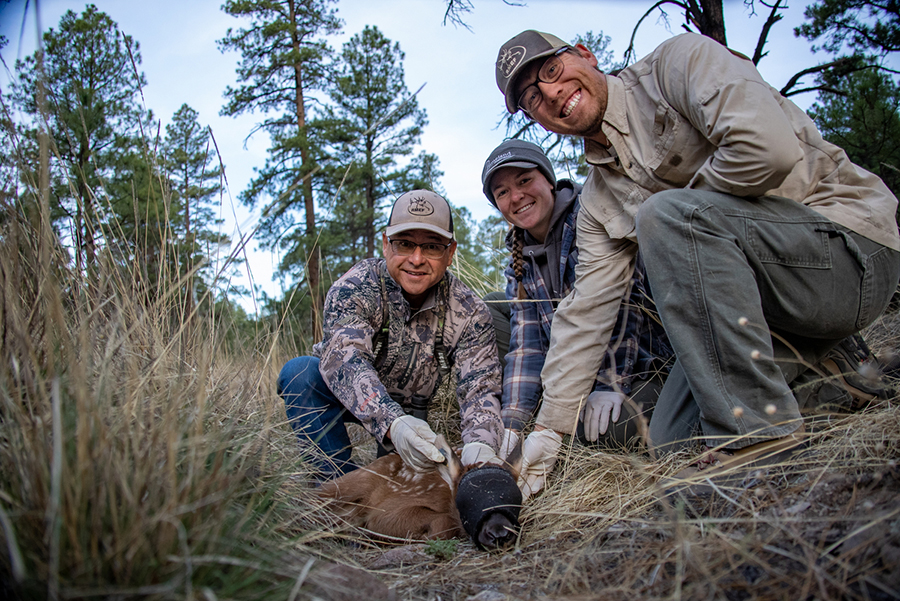Dispelling Self-Defense Myths: Part 3
In our past couple of columns in this space, we’ve touched on giving customers a shorthand education on when they can (and can’t) use the lethal force of a firearm in self-defense. We’ll finish the series here with some more of the common myths and misunderstandings we in the industry have an ethical duty to dispel.
1.5 Seconds, 7 Yards
How many times have we heard, “You can’t pull out your gun until you’re justified in shooting your opponent”? I presume you’re familiar with the long-running “Armed Citizen” column in the NRA magazines, detailing stories of successful defense. You must have noticed how many of those end without bloodshed. Every study in the last half-century shows this is the case in the majority of DGUs (Defensive Gun Usages), usually to somewhere in the 90th percentile.
Are we to throw away this life-saving deterrent effect by waiting to draw until the criminal’s deadly attack is already underway and there is no alternative left but to shoot him?
Moreover, this bad advice hampers the armed citizen’s survivability. Dennis Tueller’s 1983 research proved from a standing start, the average adult male can close 7 yards distance and inflict a fatal knife wound in 1.5 seconds. At the fabled Gunsite Academy, one graduation exercise is drawing the pistol from open carry and scoring two hits from 7 yards in … 1.5 seconds. (Correlation: at the end of 1.5 seconds the person who waited to draw has been stabbed, with the cold comfort of “taking his assailant with him.”)
If instead the knife-wielding criminal suspect is taken at gunpoint before he starts to lunge, the defender can now get his first shot into him in as little as one-third of a second if the suspect does begin to move forward. This gives the armed citizen a much better window of survival if shooting does become necessary … and, remember, creates a deterrent effect that’s highly likely to result in the opponent breaking off his assault, and no one being shot at all.
Castle Doctrine Misunderstandings
Who among us has not heard, “I’ll kill any stranger I find in my house! Castle Doctrine says I can!” Actually, the doctrine says nothing of the kind. An inheritance from ancient English Common Law, the Castle Doctrine does indeed say one’s home is one’s castle, and attacked there by an intruder one need not retreat before using appropriate force in self-defense. However, there must still be an articulable deadly danger to warrant firing a shot.
Castle Doctrine is for protection against criminal intruders. We have to remind the customer there is any number of situations where someone unknown to them could be inside their dwelling for perfectly legal reasons. These include, but are not limited to, the following:
• Another member of the family may have had to call an electrician or plumber and gave them entry to the home.
• In a rented home, it might be the landlord performing an inspection or some other routine task.
• Our teenage kid may have brought a young friend home because the latter was so drunk his or her parents would have punished them for being in that condition.
• A member of the household may have gone out for a late-night walk or early-morning run without notifying family members, and be mistaken for an intruder upon their return.
Ask the customer how many friends, relatives or housekeepers have keys to their home for emergencies, and then ask if it isn’t possible such a person might arrive unannounced at an unexpected time. There have been tragic mistaken identity shootings in all of the above situations, and more.
As of this writing, I’m presently working on a murder case that evolved from an invited guest going rogue and savagely attacking the elderly homeowner who had invited him — forcing the latter to shoot the raging guest in self-defense. Castle Doctrine won’t be an issue in this case. An invited or initially welcomed guest is seen as having a right to be present there.
The shorthand explanation I give is, “Your home is indeed your castle, but it doesn’t mean you’re allowed to have an execution chamber there. All the issues of self-defense justification discussed in the first part of this series must still be present to justify deadly force.”
Talking To The Police
To begin with, police officers involved in line-of-duty shootings most certainly do “have to say something” in the immediate aftermath. It’s called a “public safety statement.” Responding officers and other emergency personnel need to know if any violent criminal suspects are still at large. (If you follow self-defense shootings, you know how often multiple criminals attack, one of them is shot in self-defense by their intended victim and the others run away.)
Police need an idea of what direction shots were fired in, so they can check and make sure stray bullets haven’t struck innocent victims. An officer will frequently be ordered to answer questions about his or her shooting or face termination: It’s known in general as a Garrity statement or in California as a Lybarger statement, named after high court cases which required such.
Let’s go back to the “Armed Citizen” column in the NRA magazines. You must have noted how often the story ends with “The citizen was not arrested or charged.” Does anyone seriously believe this will be the outcome when the police arrive and find one person dead from gunshot wounds, the other in possession of the “smoking gun” and the shooter said nothing to the police? Seriously?
The “don’t talk to the police” advice tracks largely to law professor James Duane and his super-popular video lecture on YouTube of the same title. It’s excellent advice for guilty people, but falls short in some respects for law-abiding citizens who fired in self-defense.
In professor Duane’s own subsequent book, You Have the Right to Remain Innocent (2016), on page 122, he explicitly says, “At the risk of stating the obvious, you should of course talk to the police (although as briefly as possible) in those situations in which the law requires you to call them (to let them know, for example, you have been involved in an automobile accident or a shooting in which someone has been seriously injured or killed), or if you are a witness to or the victim of a crime…” (Italics are mine.)
The point here is some things do need to be stated at the scene where a firearm has been used in self-defense. I have long recommended a five-point checklist:
1. “This man attacked me with a knife” (or whatever it was that led to the gun coming out).
2. Indicate cooperation (“I will sign a complaint against this person,” or words to that effect).
3. Point out evidence before it disappears.
4. Point out witnesses before they disappear.
5. As to any further questioning at the scene, promise cooperation after you’ve spoken with legal counsel and invoke your right to remain silent.
I hope the above has been helpful. The two books you might want to have on sale for your customers that speak directly to this topic are Law of Self-Defense by attorney Andrew Branca and my own, Deadly Force. They are available wholesale from lawofselfdefense.com/wholesale and jim@gundigest.com, respectively.
Editor’s Note: This concludes our series of self-defense myth-busting, which will help you keep well-intentioned customers away from tragic mistakes. Would you like to see additional articles on this topic? Send a note to editor@shootingindustry.com. Part 1 and Part 2 of this series are available at shootingindustry.com/discover/personal-defense.





